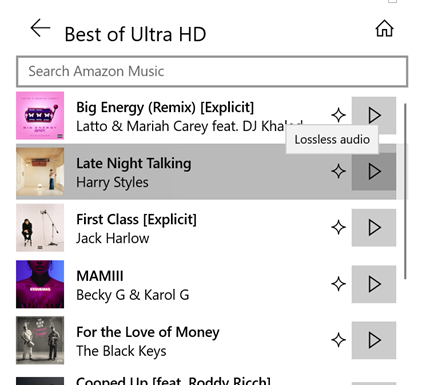Raising this because some other threads look old. I’m dumbfounded that the Sonos app has no information about release dates, album credits, lyrics, artist descriptions, album descriptions, and so forth. All of the major music services have found a way to do this, surely Sonos can too. Not to mention no way of viewing the audio quality of an album (ie atmos) before clicking play. For Apple Music, this means that you have to research what albums are in atmos or hi res lossless, then go back to the Sonos app, search for the album, play it & then verify if it is actually playing atmos or not. This is very time consuming and a real pain in the ***.
I’m tempted to ditch Sonos soon, purely because Sonos really can’t seem to get their act together on the software front. And reading prior threads, the response seems to be to punt the responsibility to the third party service, saying there’s nothing that can be done on the Sonos side. I don’t know, maybe set up a call or two with developers from the other third party services? And hire some UX experts while you’re at it. Surely there’s some way that this can be fixed. The basic functionality of the app seems stuck with almost the same functionality it had 10 years ago, it feels like a slow dinosaur.
Anybody have any insight if Sonos has some of these features on a roadmap? Or do they just not care, which is what it seems like to me.




